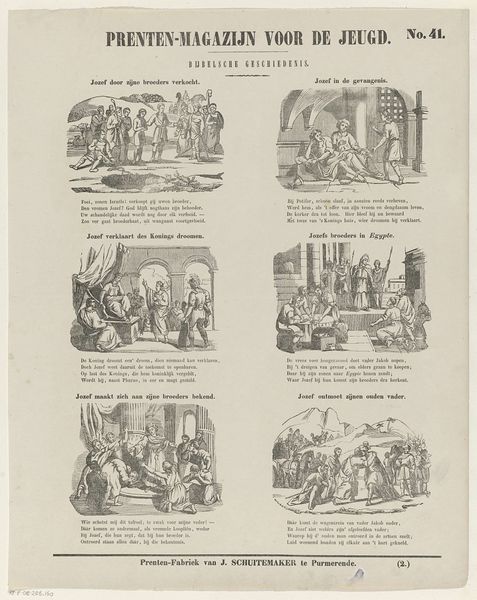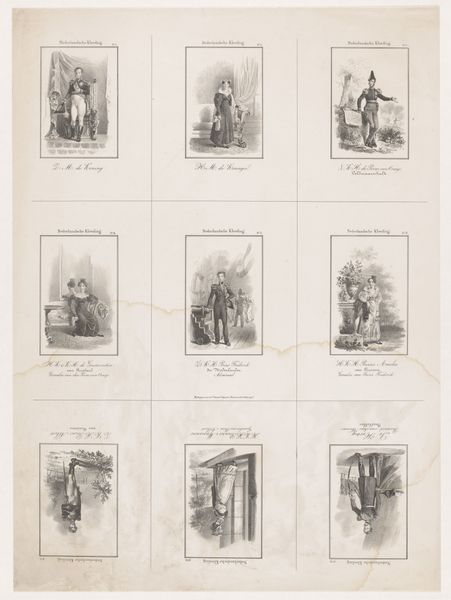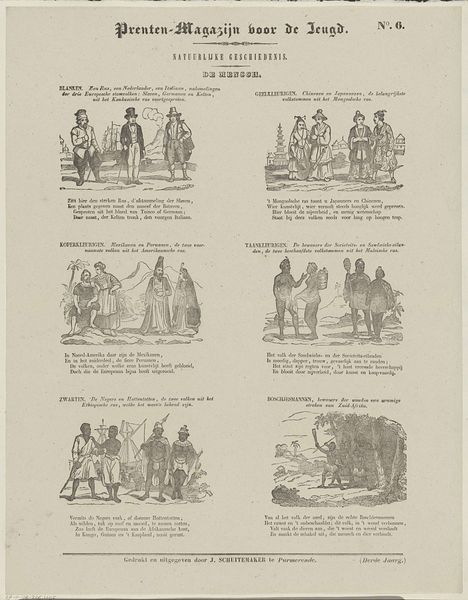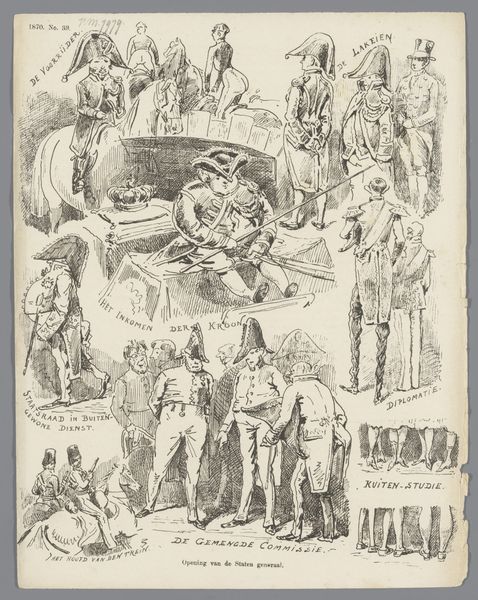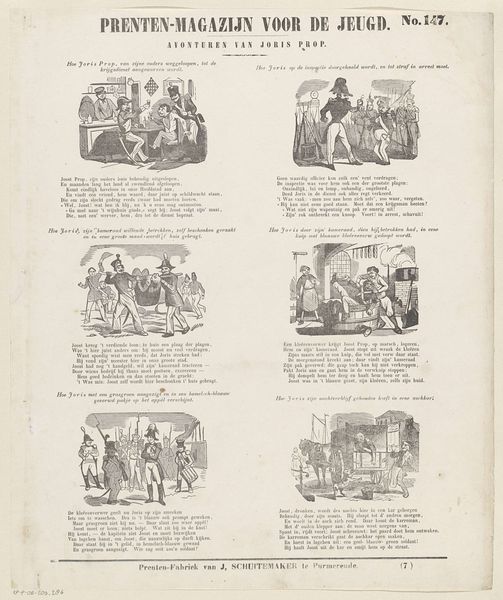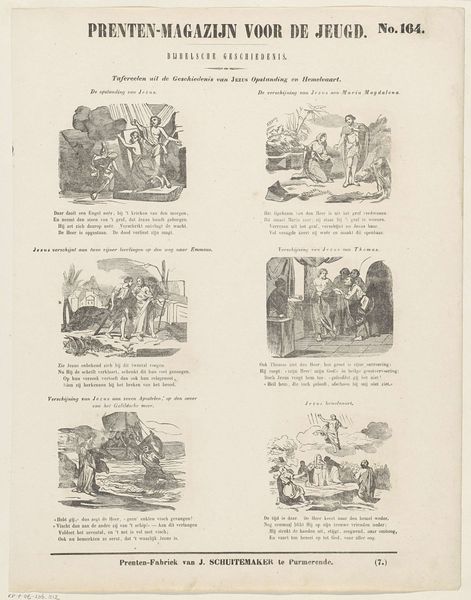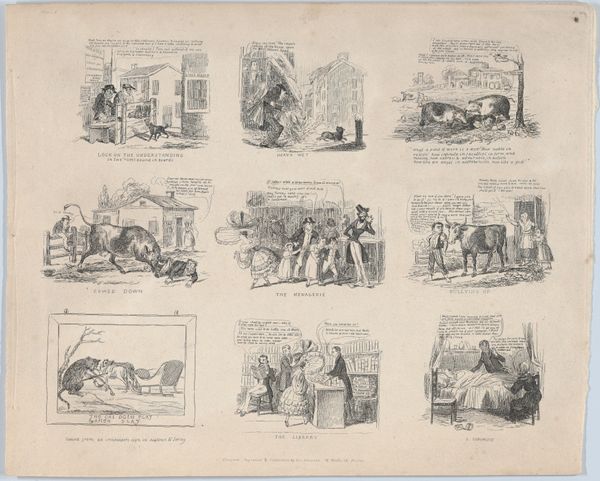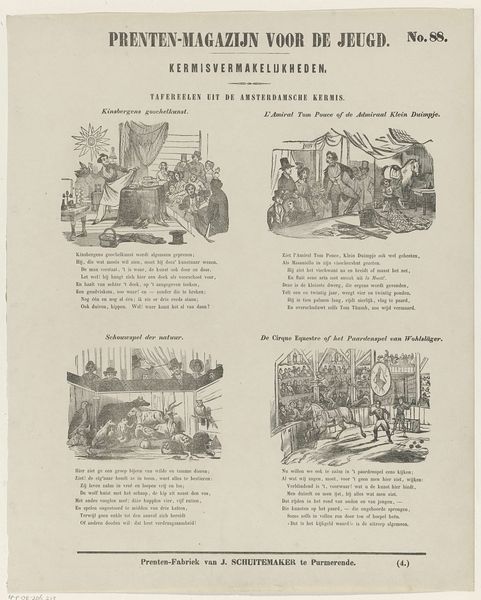
lithograph, print, woodcut, wood-engraving
#
portrait
#
ink drawing
#
narrative-art
#
lithograph
# print
#
woodcut
#
united-states
#
cityscape
#
genre-painting
#
wood-engraving
Dimensions: 13 3/8 x 9 1/2 in. (34.0 x 24.1 cm)
Copyright: Public Domain
Editor: So, here we have Winslow Homer’s "Boston Street Characters" from 1859. It’s a wood engraving, so we’re talking about a mass-produced image meant for consumption. It almost feels like a glimpse into a lost world. What strikes you most about this piece? Curator: The medium is critical. A wood engraving published in a pictorial paper tells us about the rapid expansion of image culture. Notice the variety of vignettes: working class men, a lamplighter, well-dressed ladies. This sheet indexes the social strata of a rapidly industrializing Boston, made accessible through mass reproduction. What labor went into producing this image, and for whom? Editor: So it’s less about Homer's artistic vision, and more about… the machinery of image creation at the time? Curator: Exactly. Consider the material conditions: the woodblock, the printing press, the distribution networks. These dictated who saw these images and what they understood about urban life. Also, remember that each image would be made by specialized, and likely anonymous, artisan engravers based on an artist’s sketches. The means of production challenge our traditional ideas of artistic authorship. How do these discrete, captured “characters” speak to larger social themes through this manufacturing? Editor: I see, so the different classes depicted reveal socioeconomic dynamics in play, amplified by the image being so widely distributed. I didn't realize how much the production itself was a part of the artwork's meaning. Curator: Precisely! It is the intersection of material, labor, and dissemination that make the work compelling. Editor: This makes me think of how newspapers depict diverse social classes now – the medium influences the message. Thanks for shifting my perspective!
Comments
No comments
Be the first to comment and join the conversation on the ultimate creative platform.



